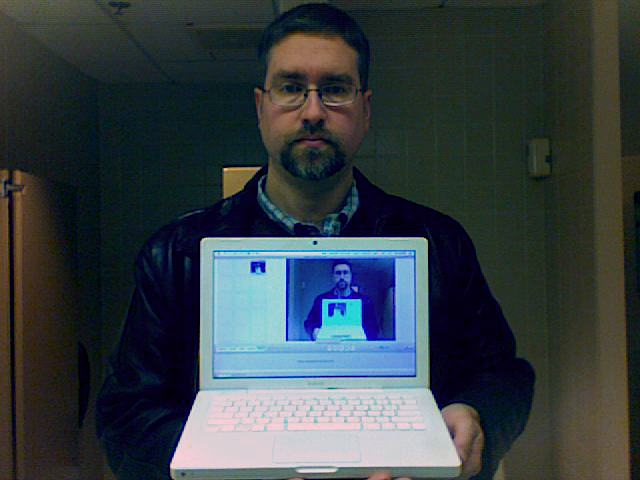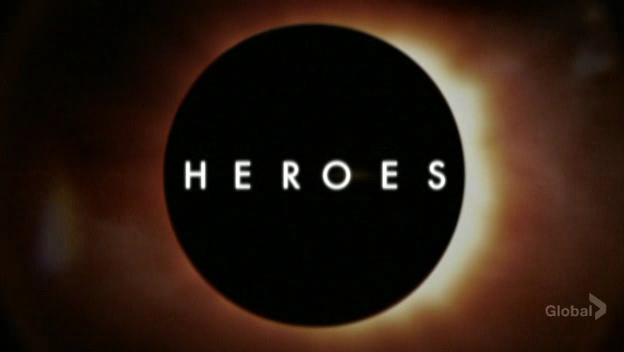The shooting yesterday in Arizona of Representative Gabrielle Giffords, which left the politician critically wounded and six others dead, almost instantaneously conjured into existence two bleak and mysterious new entities, both in their way artifacts of language: the shooter, Jared Lee Loughner, and the debate about the causes and implications of his lethal actions.
The 22-year-old Loughner seems an all-too-typical figure, one whom we might pity had he not so decisively removed himself from the precincts of empathy. An eccentric loner whose strange preoccupations, coupled with a tendency to rant about them in public, led to his suspension and withdrawal from the community college he was attending, he appears to have drifted into his homicidal mission with the sad inevitability of a piece of social flotsam awash on the tides of fringe discourse. He marks the return of a certain repressed specific to U.S. political culture — the lone gunman — whose particulars always differ but whose sad, destructive song remains the same. He is Lee Harvey Oswald, James Earl Ray, Mark David Chapman, Nidal Malik Hasan: a gallery of triply-named maniacs whose profound disconnection from the shared social world toggled overnight into the worst kind of celebrity.
Like all other modes of celebrity, the fame and fascination specific to assassins has accelerated and complexified in recent times with the proliferation of data streams and their accompanying commentaries. We deconstruct and reconstruct the killer’s trajectory: the hours, days, weeks, and months that led up to their rampage, the ideologies that brought them to that final moment of the trigger pull. We sift through blog posts, Twitter feeds, and YouTube channels to assemble the kind of composite portrait that once would have been consigned to the scribbled diary kept under the bed, or the conspiracy wall tucked away in a smelly corner of the basement, its authoritative interpretation doled out slowly by experts rather than crowdsourced in breathless realtime. We ask ourselves what could have been done to avert the personal implosion, dismantle the ticking bomb, or in the phrase to which 9/11 gave new weight, “connect the dots” before something awful happened (a literally unthinkable alternative, since without the awful event, the current conversation would never have started: this tape self-destructed before you heard it).
Amid the fantasy forensics and reverse-engineering of psychopathologic etiology, it’s hard to escape the sense that we’re building a new Jared Lee Loughner out of words, sticking a straw man of signifiers into a person-shaped hole. The fact that Loughner survived his own local apocalypse is probably irrelevant to this story’s emergence: killers are rarely allowed to speak for themselves from the jail cell, having ceded their rights of linguistic self-determination along with every other freedom. The kind of annihilation I’m talking about is the plangent sting of The Parallax View (Alan J. Pakula, 1974), a masterfully cynical political thriller in which “lone gunmen” are mass-produced commodities of a faceless corporation, and the journalist hero — Joe Frady (Warren Beatty) — is himself framed as an unhinged killer after the fact.
Loughner, of course, is as undeniably real as his horrible actions and their tragic impact on the families and friends of the dead and wounded. I don’t mean to turn him into a fiction, just to point out that the picture we are now building of him is, in its way, another kind of cultural narrative. Which makes it rather ironic that among Loughner’s many obsessions, from the fraudulent behavior of his college teachers to the 2012 prophecy, is a fixation on grammar as a tool of mind control: what a critical theorist might rephrase as the construction of subjectivity through language. Lacan argued that we lose ourselves in the Symbolic Order only to find ourselves there as an Object: self-identity at the cost of self-alienation. It’s a paradox in whose twisty folds Jared Lee Loughner evidently lost his soul.
What emerged from the outputs of this particular black box might have been some kind of furious crusader, but I suspect rage actually had little to do with what took place in Tucson yesterday. Scrolling through the inflectionless syllogisms in Loughner’s YouTube videos is like studying HAL’s readouts: one detects only the icy remoteness of pure logic (a logic, it should be added, devoid of sense) — a chain-link ladder of if-thens proceeding remorselessly to their deadly conclusion. I think some virus of language did finally get to Loughner; I think words ate him alive.
***
The question now occupying the public: whose words were they?
I try to keep my politics off this blog, in the sense of signaling party affiliation outright. That said, it will probably surprise no one to learn that I’m just another lefty intellectual, an ivory-tower Democrat. My first reaction to the Arizona shootings is to read them as evidence that the rhetoric of the right, in particular Sarah Palin and the Tea Party, has gone too far.
I’m obviously not alone in that assessment, but if I’m being honest, I must acknowledge that both sides (and forgive me for reducing our country’s ideological landscape to a red-blue binary) are hard at work spinning Loughner’s onslaught in favor of their own agendas. In fact, looking at today’s mediascape, I see a giant hurricane-spiral of words, a storm of accusations and recriminations played out — because I happen to be tracking this event through HTML on a laptop screen rather than in the shouting arenas of CNN and FOX News — in text. The ideas that chased each other through Loughner’s weird maze of a mind have externalized themselves on a national scale like the Id monster in Forbidden Planet.
I know I will sound like an old fogey for saying this, but I’m startled by how quickly our tilt-a-whirl news cycle and its cloud of commentary have moved from backlash to backlash-against-the-backlash. When I want the facts, I go to Google News or (Liberal that I am) the New York Times; when I want to read people hurling the textual equivalent of monkey poop at each other, I read the comments at Politico, where you can still reliably find someone calling our President “Barack Hussein Obama.” While I have nothing bad to say about the stories carried on the site, working through the comments is like taking the temperature of our zeitgeist — rectally.
Commenters labeling themselves as everything from conservative to independent and “undecided” have seized on a tweet from one of Loughner’s former classmates to the effect that he was “left wing, quite liberal.” Hence (in their view) it’s liberal rhetoric that led Loughner to start shooting on Saturday morning. Or as “NotPC” puts it:
Liberals are always threatening anyone with violence, starting with Obama. How ironic, a leftist attempted to assassinate another leftist, I guess Gifford is not leftist enough she must be taken with a bullet from glock. Even the guy who tried to crash his airplane to IRS building in Texas last year was a leftwing, Amy Bishop who started shooting other professors (she’s a big Obama supporter) is a leftist; the guy who held staff of Discovery Channel last year was also a leftist, follower of Al Gore.
What’s the matter with liberals? You’re into violence! This is what you get when you read and listen too much of Markos Moulitsas (DailyKos), Arianna Huffington (huffpo), media matter, Rachel Maddow, Olbermann, Ed Shultz, Chris Matthews, Van Jones, and the LEADER of them all fomenting violence who disagree with LIBERAL MANTRA – BARACK HUSSEIN OBAMA.
Nothing surprises me about LIBERALS, even Charles Manson is a LIBERAL!
LIBERALS ARE WHACKOS! BUNCH OF LEFTWINGNUTS – ONE FRIES SHORT OF A HAPPY MEAL!
Teaching my Conspiracy class for the first time in Fall 2009, I became very familiar with utterances like this, even (I will admit) rather charmed by them. I can defocus my eyes and gauge the shrillness of claims about, say, the faked Moon landings by the number of capital letters and exclamation points. But I find it’s harder to be amused when the angry word-art accretes so quickly around a wound still very much open — lives and loves quite literally in the balance. Is my mind naive for whirling at the promptness of this inversion, the rapidity with which an act of supremely irrational violence has been repurposed into another, lexical form of ammunition?
The next few weeks will surely see many more such claims thrown around, and at the higher levels of the media’s digestive system, the production of much reasoned analysis about the language question itself. I’m sure I’ll engage with the issues raised, and eventually settle on a conclusion not all that much different from the position I already hold. But as I watch politicians work through their own chain of if-thens, framing and reframing the facts of Saturday’s carnage in hopes of advancing their own agendas (left, right, and everything in between), I believe I will have a hard time shaking a sense that we have been caught up in, rather than containing, Loughner’s particular form of madness.







